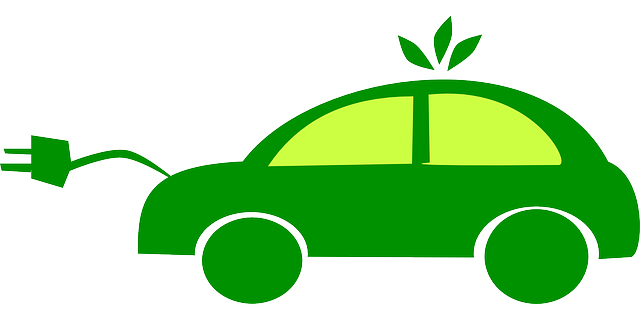
As gasoline prices continue to rise, many drivers are trading in their traditional combustion vehicles for electric vehicles (EVs). A report published by the International Energy Agency (IEA) found that the number of EVs on the road has more than doubled since 2020. While there are obvious cost-savings benefits associated with EVs, however, they promote cleaner air as well.
Combustion Vehicles and Air Pollution
Traditional combustion vehicles are a major source of air pollution. According to the U.S. Environmental Protection Agency (EPA), passenger-sized vehicles with an internal combustion engine (ICE) produce are responsible for about 4.6 metric tons of carbon dioxide per year. As a greenhouse gas, carbon dioxide is a source of air pollution. It creates a greenhouse gas when released into the air, thus trapping heat.
Vehicles with an ICE can produce other airborne pollutants besides carbon dioxide. As a byproduct of their combustion process, they may produce and release carbon monoxide, nitrogen oxide, benzene and hydrocarbons.
EVs Don’t Produce Air Pollution
Since they don’t have an ICE, EVs don’t produce air pollution. Only traditional combustion vehicles with an ICE produce air pollution. ICEs leverage combustion to generate torque and horsepower. They feature a combustion chamber. When driving, gas and air will mix together within this combustion chamber where they are burned. The burning of gas and air will power then power the vehicle.
Air pollution is a result of this combustion process. Pollutants like those mentioned above are produced during combustion. Traditional combustion vehicles have a tailpipe to release these airborne pollutants. The tailpipe runs from the ICE to the back of the vehicle.
Most traditional combustion vehicles are also equipped with a catalytic converter to filter out airborne pollutants. Consisting of a honeycomb-like mesh material, the catalytic converter removes airborne pollutants from the exhaust gases produced by an ICE. Even with a catalytic converter, though, traditional combustion vehicles will still produce airborne pollutants. Some of the airborne pollutants will pass through the catalytic converter before being expelled out of the tailpipe.
What About Charging EVs?
The electricity used to charge EVs, on the other hand, may produce air pollution. Many homes and businesses are still powered by coal-burning power plants. With that said, coal-burning power plants are being phased out in favor of other, cleaner power generation methods.
Wind farms, for instance, use wind turbines to produce electricity, whereas solar panel installations use solar panels to produce electricity. Wind and solar are both sources of clean energy that don’t release airborne pollutants.

